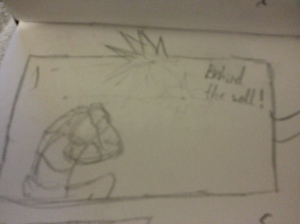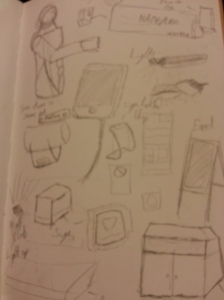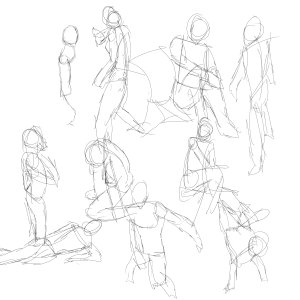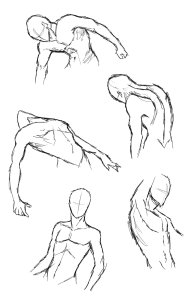The final part of looking at Digital Culture, this lecture was focused on the future of digital culture, though I have already made my predictions in the last log, I will be relating it more to my games course this time.
What is the future of the virtual revolution?
How can I explain when there are few words I can choose, these being Cyberculture, Gamification and Social Media. (Also I was listening to Erasure while writing this.)
Cyberculture is a vast beast currently, ranging from Facebook, Twitter and other forms of Social Media (I will get to that later) such as Reddit. Having a near infinite number of examples to choose from, there is no doubt one within a fingers scroll away on a facebook wall, it is the culture that has emerged from our constant connectivity and documentation to the internet. Sites such as Youtube can go from a home video to being viewed and talked about between millions of people, shared for anyone’s viewing and enjoyment.
Gamification is something that has been around for quite some time, a very early example could be your days in school and that faithful game of tig (Or tag/tiggy depending where you come from!) the simple concept of one person being ‘it’ and having to chase and tag another as the designated chaser. Today gamification can be seen in mobiles, applications in particular with scores and global leaderboards has made some apps that track how often you visit a cafe, a competitive game.
Lastly Social Media, this is anything from TV to the internet, radio and so on. Anything that has or uses information for people to access is something I would consider social media, though it could be limited to things that are simply for enjoyment like cute animals.
So what does the future hold? An example we were given were driver-less cars, though flashy, I went rooting around for some other interesting leaps in technology recently that will be affecting all of us, one being the multi language translator applications for phones. In essence there will never be a language barrier soon, or interpreters for that matter as phones nearly have the capability to successfully fill this role.
Another possible technology that could revolutionise the gamification world are technologically enhanced lenses for your eyes, being able to display things as if they were really there in front of you. I know I can see a crowd of people with glowing eyes looking like they are trying to keep an invisible ball up while waiting for the bus. This idea has been explored in a game already though it was more related to the Google Glass, the game was Heavy Rain, having mini games that projected images from the users retinas. Futuristic classy stuff to say the least!
The next thing to look at was “The Rise of Social Media” and to consider the ethical implications in relation to the use of social media. For example Blackberry, blackberry developed a system much like text messaging except it was free called “BBM” or “Blackberry Messenger”. It is believed that this was used during the “London Riots in 2011″. The police where looking at Facebook and Twitter to try and find out information about what was going on, but they ignored BBM and it is believed to be the main method of communicating during the riots.
After a little more dicussing we were shown 2 TED Talks on the Future of Social Media and the Future of Gaming
The first by Jane McGonigal and the idea of time in relation to gaming or anything in our lives, putting hundreds of hours into something will produce results. The numbers shown were fairly ludicrous as statistical figures usually are but it was compelling to think about nevertheless. If everyone was perfectly focused enough to make every moment productive the world may be a much different place. On the other hand 400 hours clocked in on a game has been a wonderful time.
The next was by Sherry Turkle, being what I would describe as a pretty typical response from an older generation about social media and it’s effects on people. Social technology being a hinderence on our actual social abilities to communicate with one another when it comes face to face and the idea that in a few years it will become the point where the only way to communicate will be through a post on the internet. An ambitious bleak way to think about it, as much as I agree that people turn to the phone when there is nothing to talk about, there are many pictures showing a standard train back in the 1920s, this being everyone reading a newspaper to themselves. I believe the only thing that has changed is the shape of the newspaper.


























